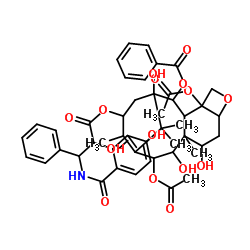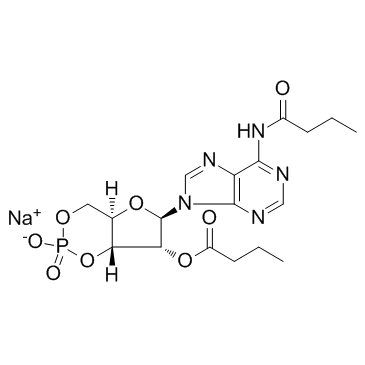Mechanisms of action of hormone-sensitive lipase in mouse Leydig cells: its role in the regulation of the steroidogenic acute regulatory protein.
Pulak R Manna, Joëlle Cohen-Tannoudji, Raymond Counis, Charles W Garner, Ilpo Huhtaniemi, Fredric B Kraemer, Douglas M Stocco
Index: J. Biol. Chem. 288(12) , 8505-18, (2013)
Full Text: HTML
Abstract
Hormone-sensitive lipase (HSL) catalyzes the hydrolysis of cholesteryl esters in steroidogenic tissues and, thus, facilitates cholesterol availability for steroidogenesis. The steroidogenic acute regulatory protein (StAR) controls the rate-limiting step in steroid biosynthesis. However, the modes of action of HSL in the regulation of StAR expression remain obscure. We demonstrate in MA-10 mouse Leydig cells that activation of the protein kinase A (PKA) pathway, by a cAMP analog Bt2cAMP, enhanced expression of HSL and its phosphorylation (P) at Ser-660 and Ser-563, but not at Ser-565, concomitant with increased HSL activity. Phosphorylation and activation of HSL coincided with increases in StAR, P-StAR (Ser-194), and progesterone levels. Inhibition of HSL activity by CAY10499 effectively suppressed Bt2cAMP-induced StAR expression and progesterone synthesis. Targeted silencing of endogenous HSL, with siRNAs, resulted in increased cholesteryl ester levels and decreased cholesterol content in MA-10 cells. Depletion of HSL affected lipoprotein-derived cellular cholesterol influx, diminished the supply of cholesterol to the mitochondria, and resulted in the repression of StAR and P-StAR levels. Cells overexpressing HSL increased the efficacy of liver X receptor (LXR) ligands on StAR expression and steroid synthesis, suggesting HSL-mediated steroidogenesis entails enhanced oxysterol production. Conversely, cells deficient in LXRs exhibited decreased HSL responsiveness. Furthermore, an increase in HSL was correlated with the LXR target genes, steroid receptor element-binding protein 1c and ATP binding cassette transporter A1, demonstrating HSL-dependent regulation of steroidogenesis predominantly involves LXR signaling. LXRs interact/cooperate with RXRs and result in the activation of StAR gene transcription. These findings provide novel insight and demonstrate the molecular events by which HSL acts to drive cAMP/PKA-mediated regulation of StAR expression and steroidogenesis in mouse Leydig cells.
Related Compounds
| Structure | Name/CAS No. | Molecular Formula | Articles |
|---|---|---|---|
 |
Cholesterol esterase
CAS:9026-00-0 |
C47H53NO15 | |
 |
Bucladesine (sodium salt)
CAS:16980-89-5 |
C18H23N5NaO8P |
|
Artificial sweeteners stimulate adipogenesis and suppress li...
2013-11-08 [J. Biol. Chem. 288(45) , 32475-89, (2013)] |
|
Injection of phosphatidylcholine and deoxycholic acid regula...
2013-10-01 [Food Chem. Toxicol. 60 , 263-8, (2013)] |
|
Modest hypoxia significantly reduces triglyceride content an...
2013-10-11 [Biochem. Biophys. Res. Commun. 440(1) , 43-9, (2013)] |
|
Palmitoleic acid (n-7) increases white adipocyte lipolysis a...
2013-11-01 [Am. J. Physiol. Endocrinol. Metab. 305(9) , E1093-102, (2013)] |
|
Hydrolytic and oxidative degradation of electrospun supramol...
2015-11-01 [Acta Biomater. 27 , 21-31, (2015)] |